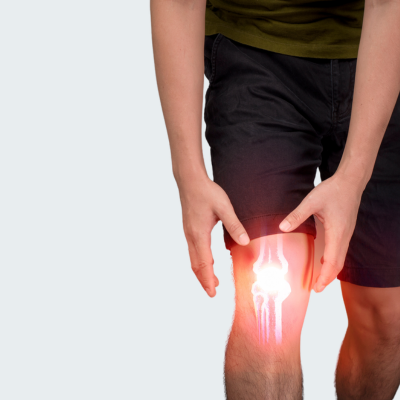ACL (anterior cruciate ligament) repair is a surgical procedure performed to reconstruct a torn ACL in the knee. The ACL is one of the major ligaments that provides stability to the knee joint, and when it is torn, it can lead to knee instability and impaired function.
Here’s an overview of the ACL repair procedure:
Anesthesia:
The surgery is typically performed under general anesthesia, meaning you will be asleep and pain-free during the procedure. Regional anesthesia or a combination of regional and general anesthesia may also be used.
Incisions:
The surgeon makes small incisions around the knee to access the torn ACL. In some cases, arthroscopic surgery is performed, where a tiny camera (arthroscope) is inserted through a small incision, allowing the surgeon to visualize and work inside the knee joint.
Torn ACL removal:
The torn ACL is carefully removed from the knee joint, taking care to preserve any healthy portions of the ligament if possible.
Graft harvest:
To reconstruct the ACL, a graft is taken from another part of the body or obtained from a donor. The most common graft options include:
Autograft:
The graft is taken from the patient’s own tissue, commonly the patellar tendon (a portion of the tendon below the kneecap), the hamstring tendons, or the quadriceps tendon.
Allograft:
The graft is obtained from a tissue donor, usually a cadaver.
Graft placement:
The graft is positioned within the knee joint to replicate the function of the torn ACL. The graft is secured in place using screws, sutures, or other fixation devices. The graft acts as a scaffold for new ligament tissue to grow and provide stability to the knee.
Repair or treatment of associated injuries:
During the surgery, any other associated injuries in the knee, such as meniscal tears or cartilage damage, may also be addressed.
Closure:
Once the graft is secured in place, the incisions are closed with sutures or staples, and sterile dressings are applied.
After the surgery, you will be monitored in the recovery area before being transferred to a hospital room or discharged home. Rehabilitation and physical therapy are essential for the success of ACL repair. Physical therapy typically begins soon after the surgery and focuses on regaining range of motion, strength, stability, and coordination of the knee. The rehabilitation program is tailored to the individual’s specific needs and may continue for several months.
Recovery time can vary depending on factors such as the type of graft used, the extent of associated injuries, adherence to rehabilitation protocols, and individual healing factors. It may take several months to return to sports or other high-impact activities.
As with any surgical procedure, ACL repair carries risks and potential complications, including infection, blood clots, graft failure, stiffness, persistent instability, or re-tearing of the reconstructed ligament. Your surgeon will discuss these risks with you before the surgery and take necessary precautions to minimize them.
It is important to consult with an orthopedic surgeon who specializes in knee conditions and sports medicine to determine if ACL repair is the right option for you. The surgeon will evaluate your specific condition, consider your activity level, and discuss the potential benefits, risks, and alternatives of ACL repair surgery. At Alabama Bone and Joint Clinic our specialists are able to guide you through your treatment options. Call today to schedule an appointment with one of our experts in orthopedic care.

Lorem ipsum dolor sit amet, consectetur adipiscing elit. Ut elit tellus, luctus nec ullamcorper mattis, pulvinar dapibus leo.
CEO
Lorem ipsum dolor sit amet, consectetur adipiscing elit. Ut elit tellus, luctus nec ullamcorper mattis, pulvinar dapibus leo.
CEO
Lorem ipsum dolor sit amet, consectetur adipiscing elit. Ut elit tellus, luctus nec ullamcorper mattis, pulvinar dapibus leo.
CEO
Previous
Next

